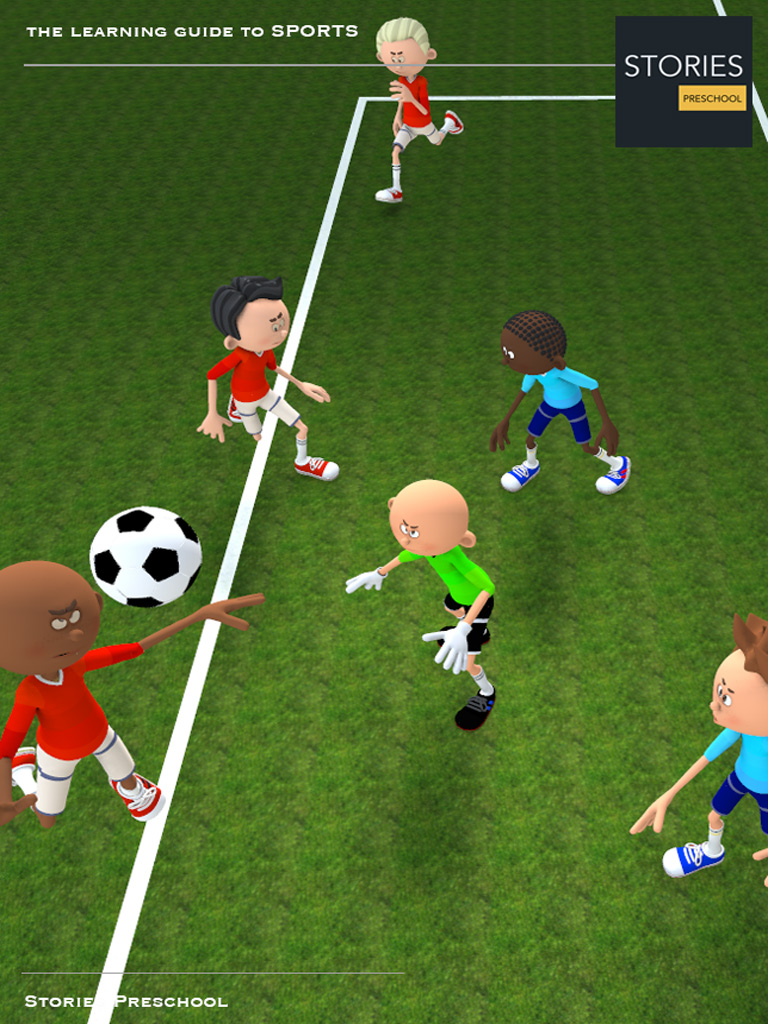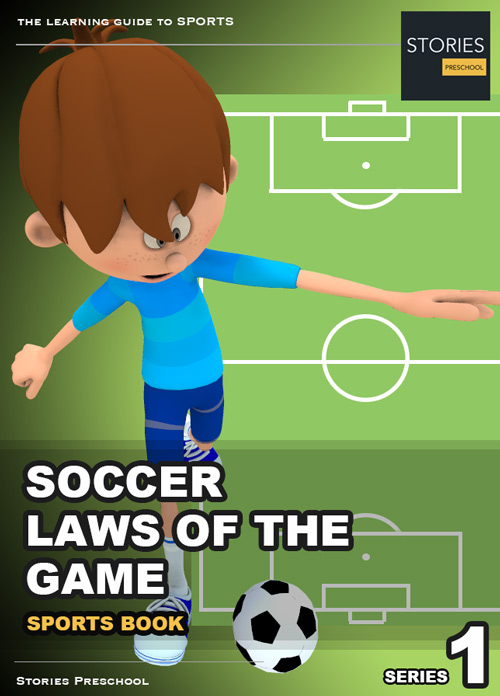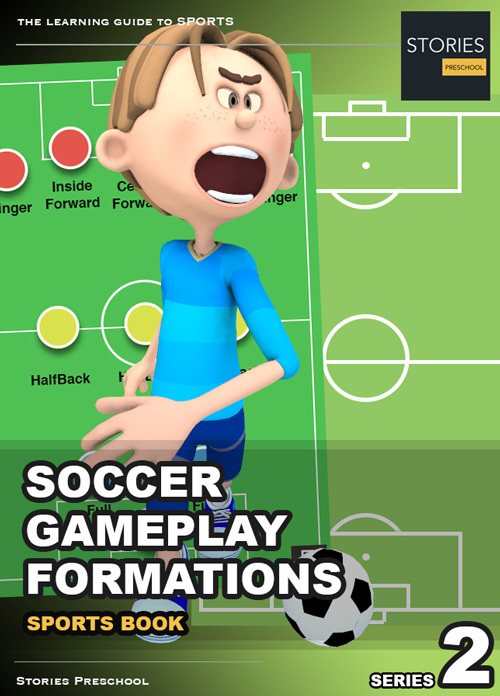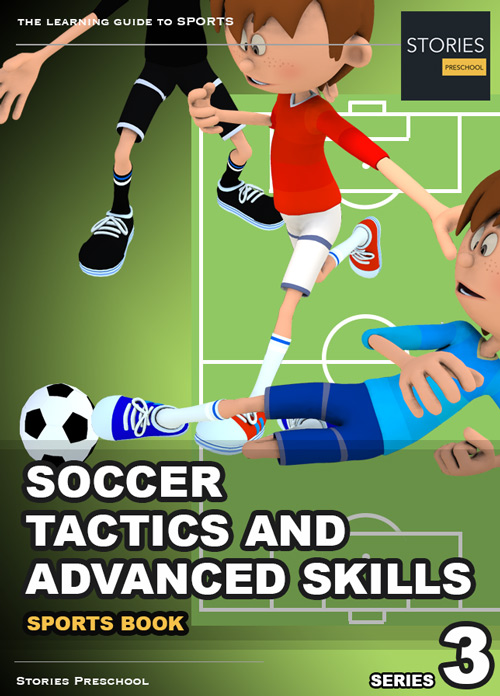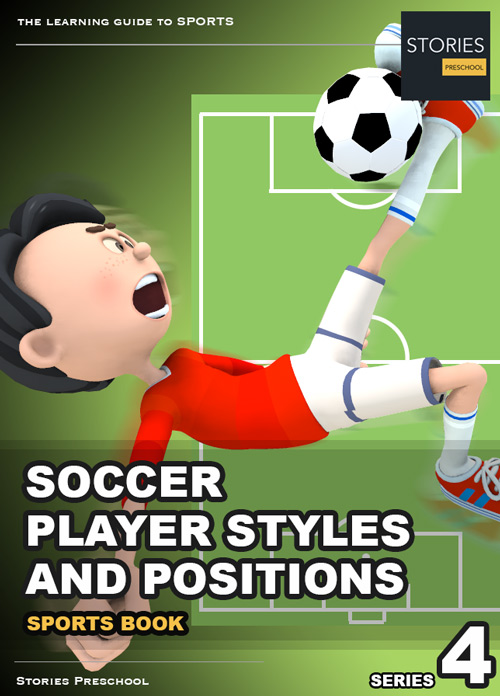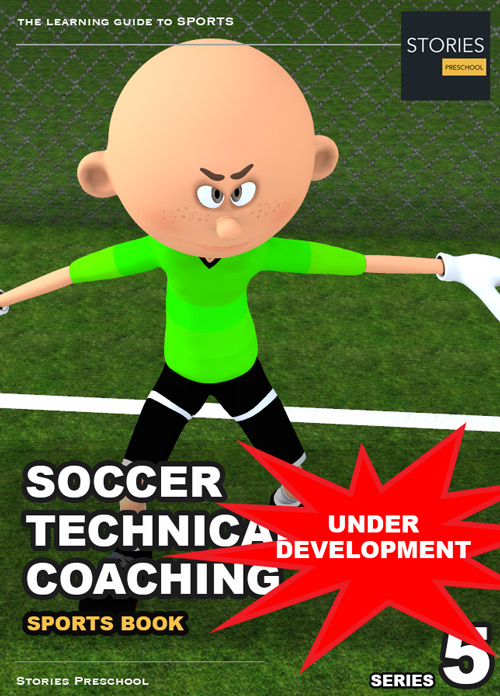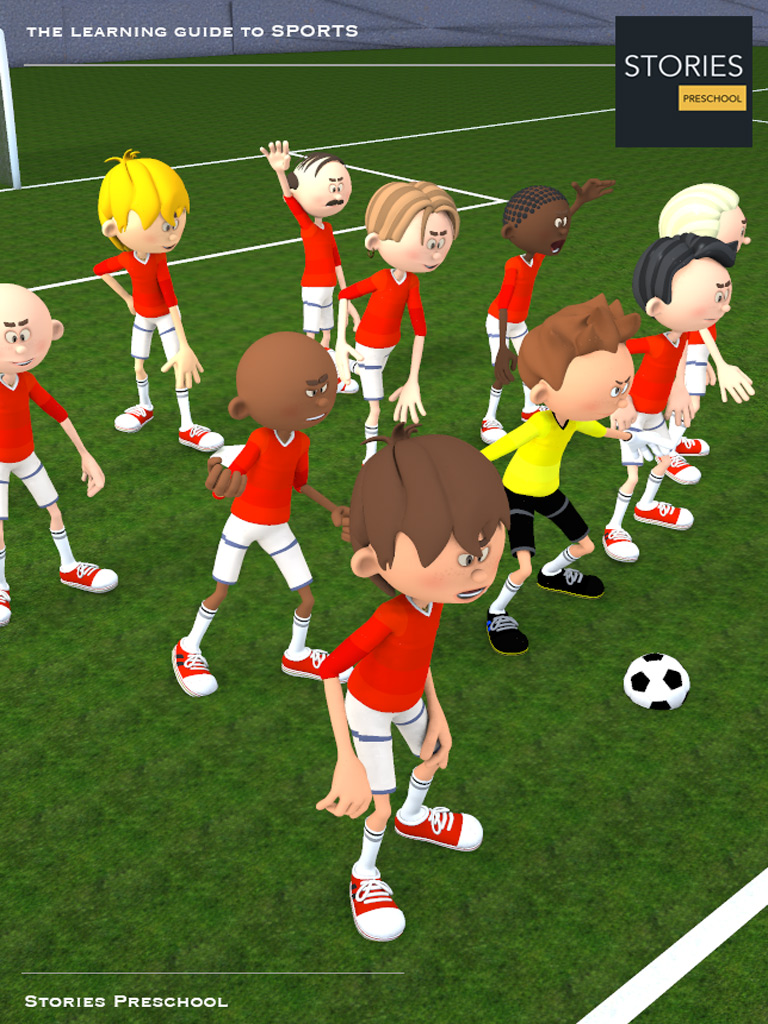Soccer
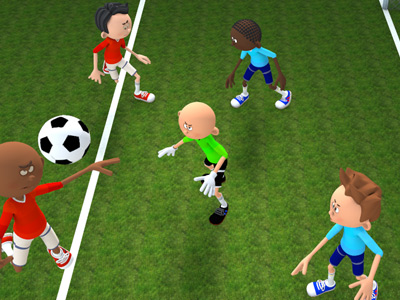
Second Striker
The second striker (withdrawn striker or support striker) (historically called inside-left and inside-right, or inside forward) has a long history in the game, but the terminology to describe them has varied over the years. Originally such players were termed inside forwards. More recently, the preferred terms have been withdrawn striker, second striker, deep-lying forward, or support striker, and are often referred to as playing "in the hole" (i.e. the space between the midfield and the defense of the opposing team). Second strikers tend not to be as tall or as physically imposing as a centre forward. They are required to be more "nippy", quick, mobile, and skillful, helping to create goals and scoring opportunities for centre forwards, utilizing spaces created in the opposition's defense to provide passes to the strikers, picking up loose balls around the area, or attempting to dribble with the ball and score themselves.
The position was initially developed by the famous Hungary national team of the late 1940s and mid-1950s led by Ferenc Puskás. Later, it was popularized in Italian football as the trequartista ("three-quarters") or fantasista, the advanced playmaker who plays neither in midfield nor as a forward, but effectively pulls the strings for his team's attack, and serves as an assist provider. Many players in this position can play in a free role, as an attacking midfielder or sometimes on the wing. The position has also been known as the number 10 role, as many players who played in this position wore the number 10 jersey.
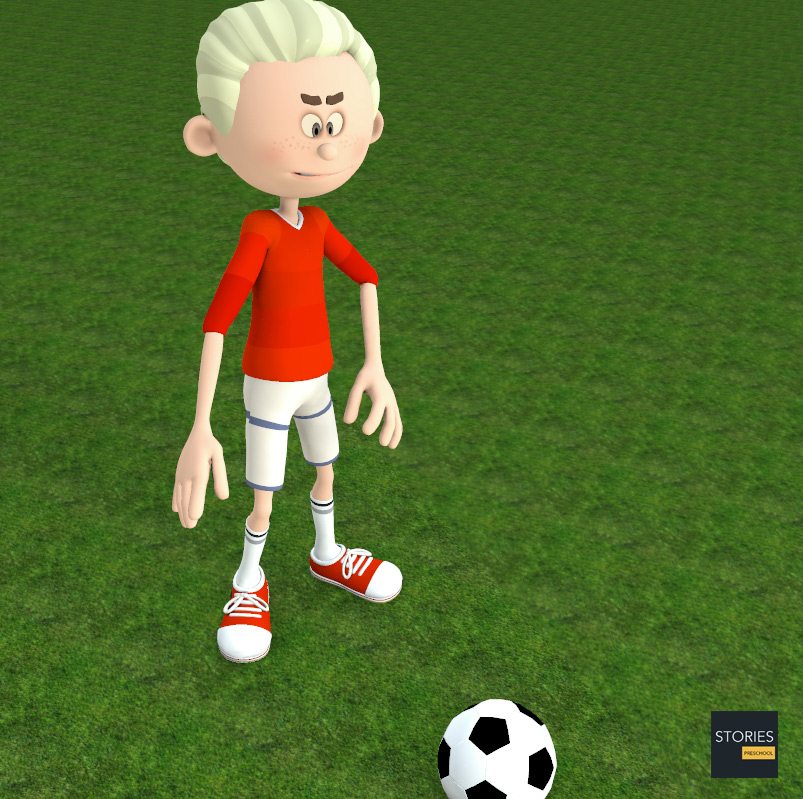
Whatever the terminology, the position itself is a loosely defined one, a player who lies somewhere between the out-and-out striker and the midfield, who can perform this role effectively due to their vision, technical skills, creativity, and passing ability. Such a player is either a skillful, attack-minded midfielder or a creative striker who can both score and create opportunities for centre forwards, although a support striker will often not be involved in build-up plays as much as an attacking midfielder. As the supporting forward role was popularized in Italy due to free-role attacking midfielders adapting to a more advanced position in the tactically rigorous 4-4-2 formations of the '90s, their defensive contribution is also usually higher than that of a pure number ten playmaker. In Italy, this role is also known as a "rifinitore" or "seconda punta", whereas in Brazil, it is known as a "ponte de lança".
SPORTS
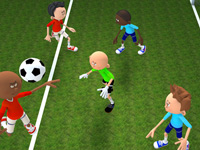
RESOURCES
This article uses material from the Wikipedia articles "Association football" and "Association football positions", which is released under the Creative Commons Attribution-Share-Alike License 3.0.
© Stories Preschool. All Rights Reserved.
